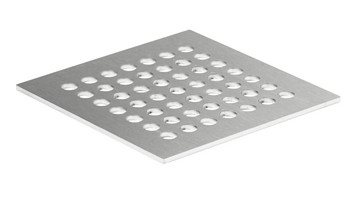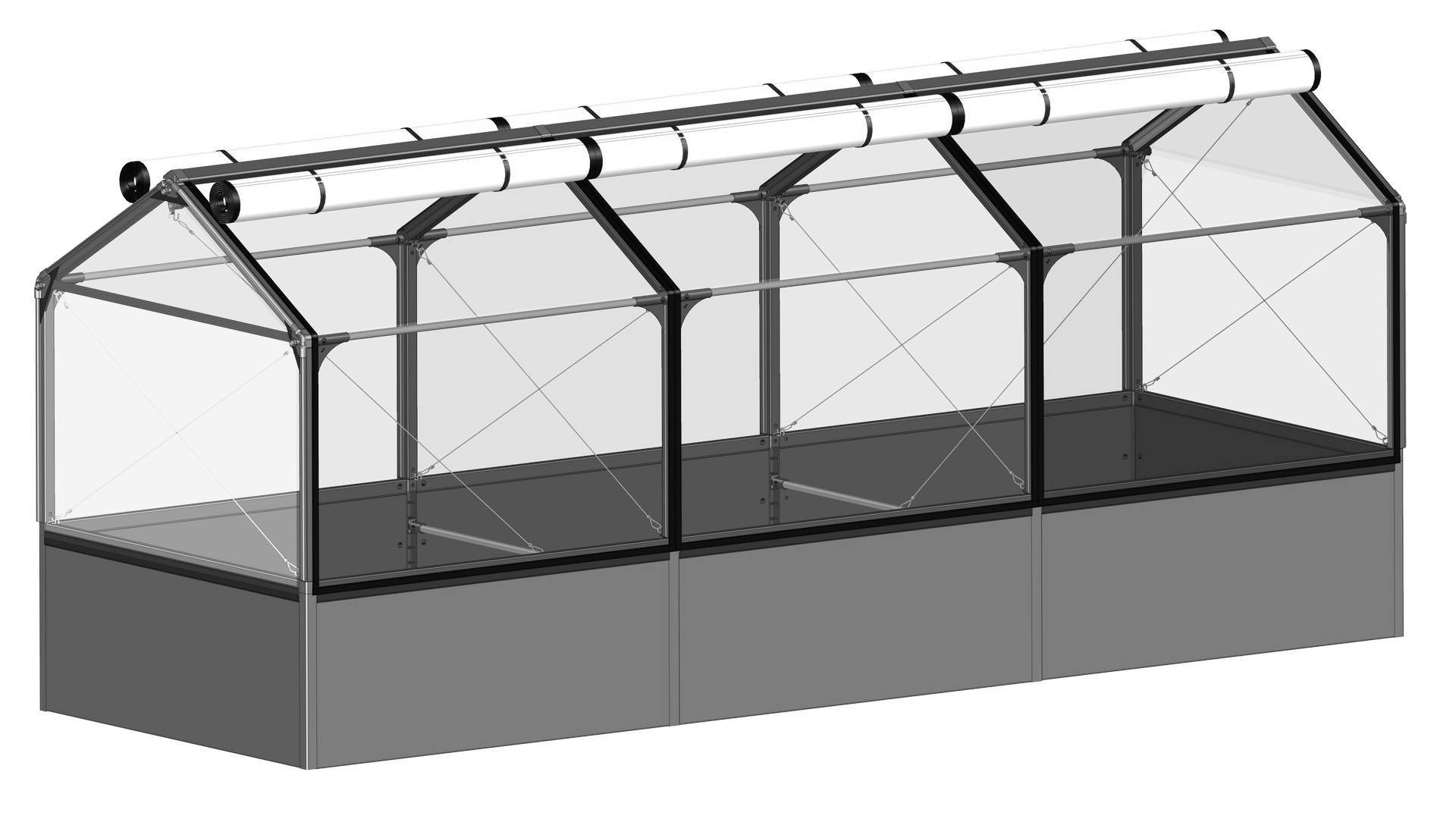

However, the aggregate strength becomes important in the case of higher-strength concrete or lightweight aggregate concrete. Since the aggregate is generally stronger than the paste, its strength is not a major factor for normal strength concrete, or for HES and VES concretes. The important parameters of coarse aggregate are its shape, texture and the maximum size. Two dominant constituent materials that are considered to control maximum concrete strength are coarse aggregate and paste characteristics. Larger specimens exhibit lower average strengths.Ĥ.1.1 Constituent Materials and Mix ProportionsĬoncrete composition limits the ultimate strength that can be obtained and significantly affects the levels of strength attained at early ages. Cube specimens generally exhibit 20 to 25 percent higher strengths than cylindrical specimens. Under impact loading, strength may be as much as 25 to 35 percent higher than under a normal rate of loading, i.e., 10 to 20 microstrains per second (me/sec). The strength of saturated specimens can be 15 to 20 percent lower than that of dry specimens. Testing conditions including age, rate of loading, method of testing, and specimen geometry significantly influence the measured strength.
RAMME 100 X 150 PLUS
These, in turn, depend on the macro- and microscopic structural features including total porosity, pore size and shape, pore distribution and morphology of the hydration products, plus the bond between individual solid components. The properties of the constituent materials which affect the strength are the quality of fine and coarse aggregate, the cement paste and the paste-aggregate bond characteristics (properties of the interfacial, or transition, zone). The strength of concrete depends on a number of factors including the properties and proportions of the constituent materials, degree of hydration, rate of loading, method of testing and specimen geometry. Thus the relationships of mechanical properties to 28-day compressive strength of high strength concrete cannot be expected necessarily to apply to VES and HES concretes. This will lead to relative differences in elastic modulus and tensile strength of early strength concretes and high strength concretes, expressed as a function of compressive strength. Typically, strength gain in compression is much faster than strength gain in aggregate-paste bond. Since high performance concretes typically have low water-cementitious materials ratios (W/CM) and high paste contents, their characteristics will, in many cases, be similar to those of high strength concrete.Ī significant difference in behavior between the early strength and the high strength concretes is in the relationship of compressive strength to other mechanical properties. The long-term properties include creep, shrinkage, behavior under fatigue, and durability characteristics such as porosity, permeability, freeze-thaw resistance, and abrasion resistance.Ĭomparatively speaking, information on the behavior of very early strength (VES) concrete and high early strength (HES) concrete is somewhat limited, whereas a substantial amount of information on the behavior of high strength concrete exists and additional information is being developed rapidly. Short-term properties include strength in compression, tension, bond, and modulus of elasticity.

The behavior of hardened concrete can be characterized in terms of its short-term (essentially instantaneous) and long-term properties. High-Performance Concretes A State-of-Art Report (1989-1994)


 0 kommentar(er)
0 kommentar(er)
